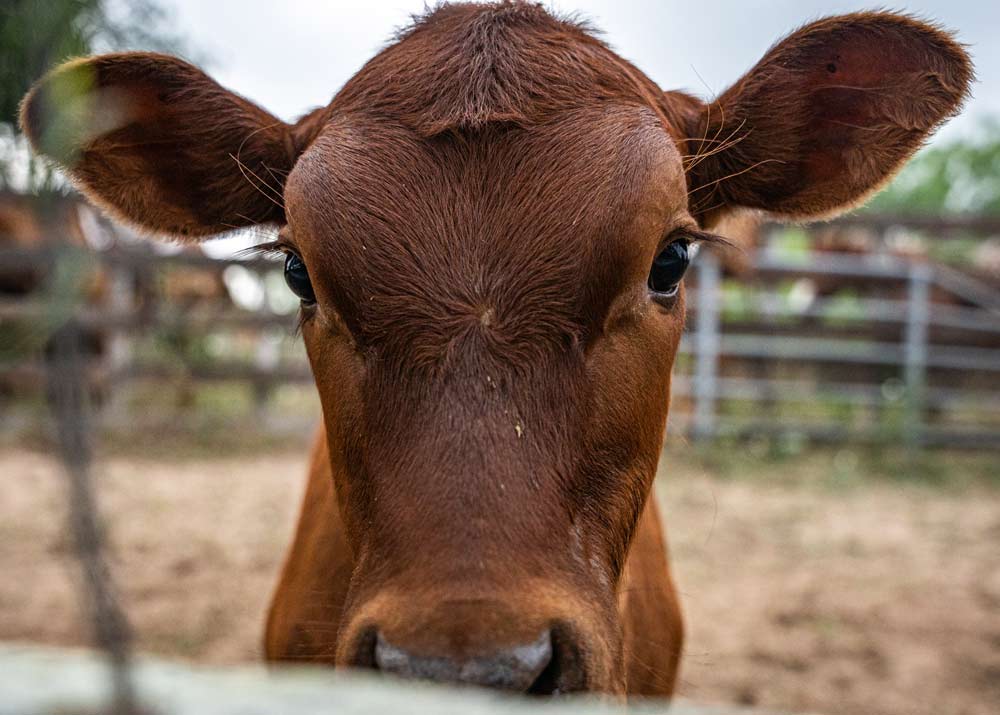Carrying Capacity
Carrying capacity determines the number of cattle that can sustainably graze our ranches while maintaining healthy rangeland vegetation and resources.
CATTLE MANAGEMENT
How Many Mouths Can We Feed?
We manage our cattle operation with a conservative stocking approach, maintaining an average inventory of about 5,000 animal units across 217,000 acres. This strategy is adopted due to the variable South Texas environment and to accommodate the robust wildlife population, which includes numerous species sharing the same land resources. Our sustainable production system balances the needs of cattle and wildlife, recognizing that all species rely on the same ecosystem for sustenance.
Grazing management strategies
We carefully plan when and where cattle graze to keep our grasslands healthy. This allows us to sustainably support more cattle on our land while protecting the soil and native plants.
Vegetation management
We believe in smart, proven approaches to managing our rangeland vegetation. Our methods are guided by careful experimentation and real-world results, focusing on:
Our Approach
We use targeted tools like prescribed fire and selective herbicide application to:
- Promote beneficial plants for both cattle and wildlife
- Control unwanted vegetation
- Improve forage quality and quantity
- Enhance wildlife habitat
Prescribed Fire Research
On El Sauz, we’re conducting groundbreaking research on prescribed fire in coastal rangelands. This research explores:
- How cattle respond to and prefer burned areas
- The effects of different burning seasons
- Changes in the nutritional value of key grasses after burns
- Impact on wildlife communities, from birds to butterflies
Why This Matters
Our goal is simple but important: to develop clear, practical guidelines for using prescribed fire in South Texas coastal rangelands. This research will help ranchers and landowners make informed decisions about using fire as a management tool to benefit both livestock and wildlife.
Water systems management
By placing water sources throughout the ranch, cattle can graze more areas evenly. This prevents overgrazing in some spots while leaving others unused, helping us maintain and make the most of all our available grassland.

01
Grazing Management Strategies
02
Vegetation Management
03
Water Systems Management
Learn How Science Informs Our Decisions
We believe that effective ranch management results from precise measurement and analysis. By implementing the results from various research initiatives, we can make informed choices that optimize our ranching practices for long-term sustainability and productivity.
